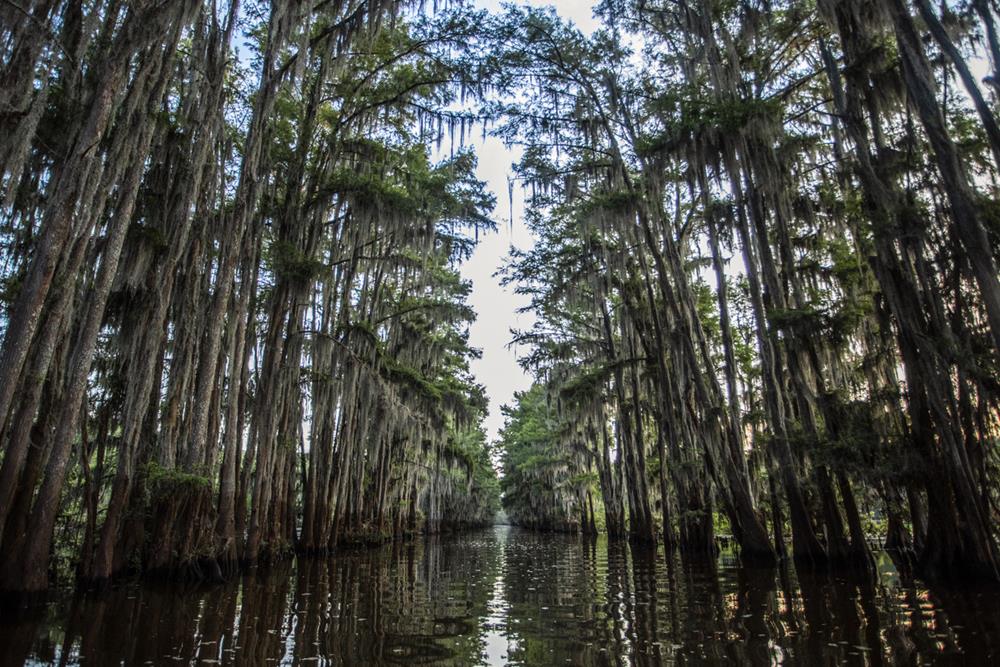Why Texas Outdoor Ecosystems Are Unique

Texas's outdoor ecosystems stand uniquely at the crossroads where eastern forests meet western deserts and northern plains shift to subtropical coastlines. You'll find numerous Level III ecoregions within the state—placing Texas among the most diverse in America.
From the dense Piney Woods to the arid Trans-Pecos and coastal wetlands, Texas supports many endemic species found nowhere else. This ecological diversity creates a natural laboratory where climate extremes shape extraordinary habitats waiting to be explored.
The Geographic Diversity Shaping Texas Landscapes
While many states claim natural variety, Texas is a true ecological crossroads where eastern forests, western deserts, southern subtropical regions, and northern temperate zones converge. This unique positioning creates a remarkable blend of ecosystems where species from different climatic regions coexist or form transition zones.
The Balcones Escarpment forms a sharp boundary between coastal plains and interior uplands, while soil and drainage patterns further differentiate the state's ecological communities. The Piney Woods extend roughly 75–125 miles into Texas from the east, forming one of the state's most distinctive forest regions.
With at least ten major ecoregions recognized by state biologists, Texas ranks among the leaders nationally in ecoregion diversity. This geographic complexity explains why you can experience dense pine forests, coastal marshes, and arid deserts all within one state.
You'll also find elevation gradients shaping local conditions, with peaks over 8,700 feet creating montane habitats only miles from desert landscapes.
From Piney Woods to Desert: Exploring Texas's 10 Distinct Ecoregions
Texas encompasses ten remarkably distinct ecoregions, each with its own blend of climate, soil, and native species.
In the east, the Piney Woods support timber-oriented forests. Moving southward, the Gulf Prairies and Marshes feature wetlands vital for wildlife and coastal fisheries.
The Post Oak Savannah forms a boundary zone where oak woodlands meet grasslands, while the Blackland Prairies boast dark, fertile clays that historically supported intensive agriculture. These regions shift gradually rather than by hard lines, creating diverse ecological mosaics.
The western Trans-Pecos contrasts sharply with desert basins and sky-island ranges, where xerophytic vegetation adapts to minimal rainfall. From tall pines to salt-tolerant grasses and drought-resistant cacti, each ecoregion's vegetation reflects Texas's extraordinary ecological range.
Texas as a Biodiversity Crossroads: Where North Meets South
Positioned at a remarkable intersection, the Lone Star State serves as nature's meeting point where multiple ecological worlds collide. You'll find this mix in places like the Big Thicket, where eastern forests blend with western plains and temperate species mingle with subtropical ones.
Across Texas's 266,807 square miles, rainfall ranges from more than 50 inches in the east to less than 10 inches in the west, supporting countless microhabitats. The Big Thicket hosts thousands of documented species, and ongoing surveys continue to record new occurrences.
The Cross Timbers and South Texas Plains exemplify these exchange zones, where post oak forests gradually yield to mesquite savannas. During the last ice age, northern species shifted southward, adding to the rich biodiversity you encounter today.
Endemic Species That Call Only Texas Home
A surprising number of organisms occur nowhere else but Texas. The Texas blind salamander and Texas blind cave pseudoscorpion evolved in isolated karst systems vulnerable to groundwater impacts.
You'll find the Guadalupe bass confined to clear streams of the Edwards Plateau, while the San Marcos salamander depends on the constant flows of San Marcos Springs. The Golden-cheeked Warbler nests only in mature juniper–oak woodlands of Central Texas.
Freshwater mussels such as the Texas fatmucket and Texas fawnsfoot face pressure from habitat loss, and Cagle's map turtle is limited to reaches of the Guadalupe–San Antonio river system. These species are evolutionary one-offs tied to Texas's unique geology and waters.
Climate Extremes: How Weather Patterns Create Unique Habitats
Exploring Texas reveals climatic extremes that forge equally diverse habitats. From arid deserts to humid forests, sharp contrasts create ecological mosaics unlike anywhere else.
Variable precipitation—intense downpours followed by drought—has shaped plant communities adapted to feast-or-famine moisture. You'll see fire-adapted grasslands beside flood-tolerant riparian zones, while the Gulf Coast supports systems able to rebound from hurricanes in late summer and fall.
A warming climate amplifies these patterns: triple-digit summers and severe weather create patchwork disturbances that can, at times, maintain diversity by limiting dominance of single species. What looks destructive often resets portions of the landscape, reinforcing Texas's ecological variety.
The Living Soil: How Texas Ground Supports Diverse Ecosystems
Beneath the weather lies an equally complex foundation: Texas's varied soils. You'll find 1,300+ mapped soil series across the state, from cracking vertisols to deep sands.
These differences create chemical and moisture gradients that shape what grows where. The Blackland clays swell and shrink with moisture, while coastal sands support specialized dune communities. Major soil areas each guide vegetation patterns and agricultural potential.
Nutrient cycling also varies—rich organic processes in woodlands versus specialized cycles in saline-affected sites. The dramatic cracks of Houston Black clay or the thin limestone soils of the Hill Country underpin distinct ecological communities.
Waterways and Wetlands: Lifelines in the Lone Star State
Though celebrated for deserts and plains, Texas's rivers, springs, playas, and wetlands form the circulatory system sustaining its biota. These waters filter pollutants, recharge aquifers, and buffer shorelines.
The Playa Lakes of the Panhandle provide a major share of local aquifer recharge and critical stopovers for migratory birds. Statewide, wetlands cover millions of acres, anchoring habitats for hundreds of bird species and numerous imperiled plants and animals.
Coastal marshes and estuaries also support robust fisheries and tourism. Despite their value, changing policies and development pressures complicate long-term protection, making strategic conservation essential.
Human Impact on Texas's Natural Heritage
As the population heads toward 40 million by mid-century, human activity increasingly reshapes the land.
Large ranches fragment into smaller ranchettes, and urban sprawl disrupts wildlife corridors while introducing roads, fences, and invasive species. Modern Texans often spend less time outdoors, weakening connections that once supported conservation engagement.
Human influence is not new—Pleistocene hunting and landscape change left marks millennia ago. Today's challenges are the latest chapter in a long, complex interaction between people and Texas ecosystems.
Conservation Challenges in America's Second-Largest State
Texas faces outsized conservation challenges where scale magnifies complexity. Rapid land conversion—hundreds of acres daily—combines with water stress and biodiversity declines. Nearly 1 in 10 Americans lives in Texas, intensifying resource demands.
- 200+ species are state or federally listed as endangered or threatened, with 1,000+ identified as Species of Greatest Conservation Need.
- Working lands are fragmenting, severing critical wildlife routes.
- Invasive species expand across vast, interconnected habitats.
- Coastal restoration competes with large economic pressures.
- Drought heightens conflict between human use and ecological flow needs.
Even so, strategic investments in parks, working-lands programs, and habitat restoration yield strong ecological and economic returns.
Conclusion
You've now seen why Texas's outdoor ecosystems stand apart. From its crossroads location to its ten major ecoregions, you'll find biodiversity that exists nowhere else. Climate extremes and lifegiving waterways shape these special environments.
When you visit Texas's natural spaces, you're experiencing ecological treasures that need your help to preserve for future generations.
